In the world of homemade bento boxes, food safety is a top priority. One traditional Japanese method that has stood the test of time is the use of umeboshi, or pickled plums, as a natural preservative. This age-old technique involves embedding a single umeboshi in the center of a rice portion, believed to extend the shelf life of the meal while adding a distinctive tangy flavor. But how effective is this method, and what science lies behind it?
The Science Behind Umeboshi’s Preservative Power
Umeboshi’s antimicrobial properties stem from its high acidity. With a pH level between 2.5 and 3.0, these pickled plums create an environment hostile to bacterial growth. The primary acid responsible for this effect is citric acid, which not only inhibits microorganisms but also acts as an antioxidant. Historically, this made umeboshi a practical solution for preserving food in the days before refrigeration, particularly in hot and humid climates where spoilage was a constant concern.
Modern research supports these traditional claims. Studies have shown that the organic acids in umeboshi can suppress the growth of common foodborne pathogens, including Staphylococcus aureus and Escherichia coli. When placed in the center of warm rice, the plum’s juices slowly disperse, creating a protective acidic zone. This explains why a single umeboshi can effectively safeguard an entire portion of rice—though its potency diminishes over time, especially in warmer temperatures.
Cultural Significance and Practical Application
Beyond its functional role, the umeboshi holds cultural symbolism in Japan. Its vibrant red hue was traditionally associated with purification, and samurai warriors reportedly carried it as emergency rations. Today, bento enthusiasts continue this practice not just for preservation but for flavor balance—the plum’s sharp saltiness contrasts beautifully with mild rice and other accompaniments.
For optimal results, chefs recommend pressing the umeboshi into freshly cooked rice while it’s still steaming. The heat helps release the plum’s juices, accelerating the acid distribution. Some variations include mixing chopped umeboshi throughout the rice or placing it beneath toppings like fish or vegetables for layered protection. However, food safety experts caution that while effective for short-term storage (4-6 hours at room temperature), this method shouldn’t replace proper refrigeration for extended periods.
Comparative Effectiveness Against Modern Alternatives
In contemporary kitchens, vacuum insulation and ice packs have largely supplanted traditional preservation methods. Yet umeboshi retains niche popularity among minimalist bento preparers and those avoiding artificial preservatives. Unlike chemical additives, the plum offers nutritional benefits—being rich in polyphenols and electrolytes—while avoiding synthetic aftertastes. That said, its protection is less comprehensive than modern solutions; it mainly safeguards the rice rather than other bento components.
Interestingly, the umeboshi principle has inspired food scientists to develop edible antibacterial films incorporating plum extract. These innovations aim to bridge traditional wisdom with food technology, though purists argue that nothing replicates the original’s simplicity and cultural resonance.
Limitations and Safety Considerations
While effective, the umeboshi method isn’t foolproof. Its acidity can’t prevent all microbial activity, particularly in protein-rich foods like meat or dairy. The Japanese Ministry of Health recommends combining it with other safety measures—like thorough cooking and rapid cooling—when preparing bentos for vulnerable groups. Additionally, the high sodium content (from the pickling process) may concern those monitoring salt intake.
Environmental factors also play a role. In sweltering summer months or tropical regions, umeboshi’s protective window shrinks dramatically. Many bento guides suggest pairing it with other natural inhibitors like wasabi or ginger for enhanced protection during these conditions.
The enduring legacy of umeboshi in bento boxes showcases how traditional food wisdom often anticipates scientific understanding. As researchers continue exploring natural preservation methods, this humble pickled plum remains both a culinary staple and a fascinating case study in food microbiology—proving that sometimes, the best solutions come in small, tart packages.

By /Jul 31, 2025
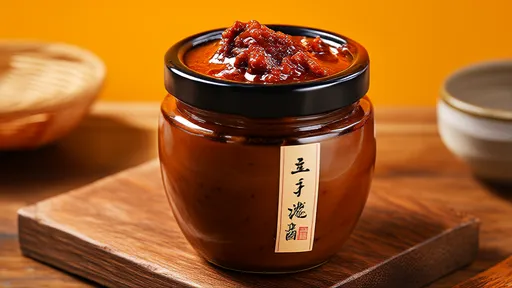
By /Jul 31, 2025

By /Jul 31, 2025
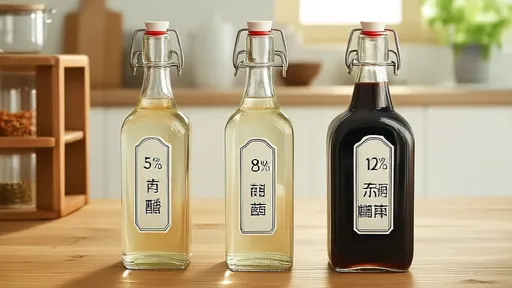
By /Jul 31, 2025
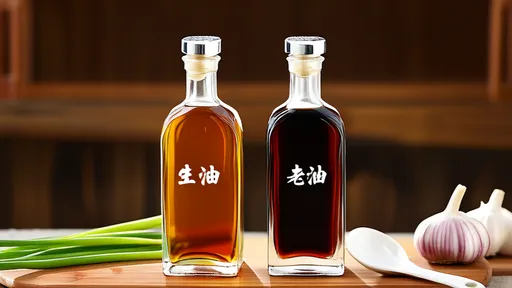
By /Jul 31, 2025
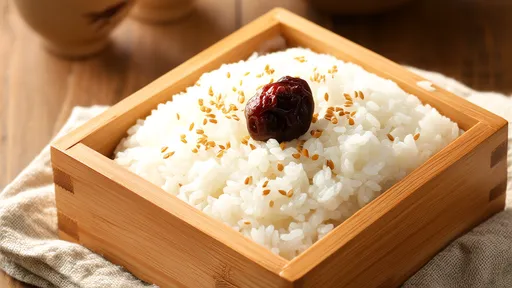
By /Jul 31, 2025

By /Jul 31, 2025

By /Jul 31, 2025

By /Jul 31, 2025

By /Jul 31, 2025

By /Jul 31, 2025

By /Jul 31, 2025

By /Jul 31, 2025

By /Jul 31, 2025

By /Jul 31, 2025
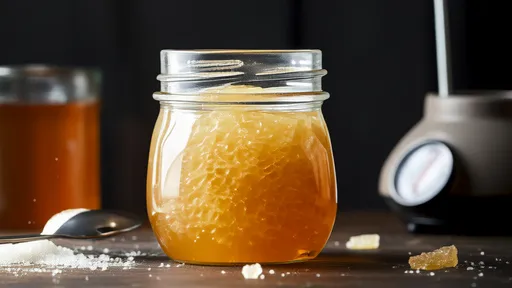
By /Jul 31, 2025

By /Jul 31, 2025
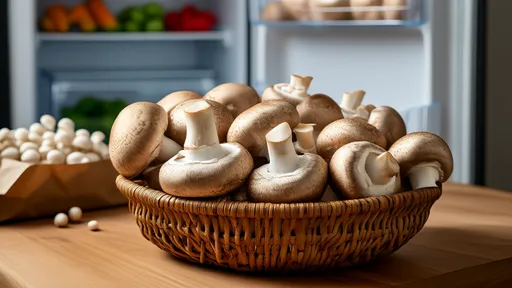
By /Jul 31, 2025
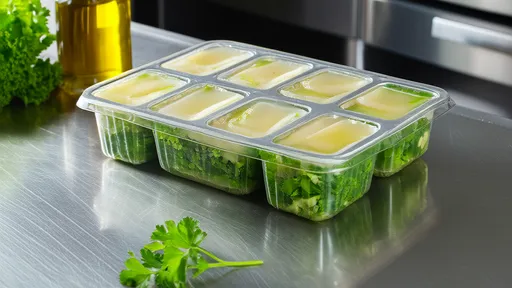
By /Jul 31, 2025
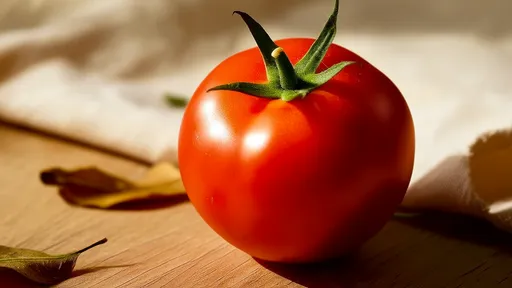
By /Jul 31, 2025